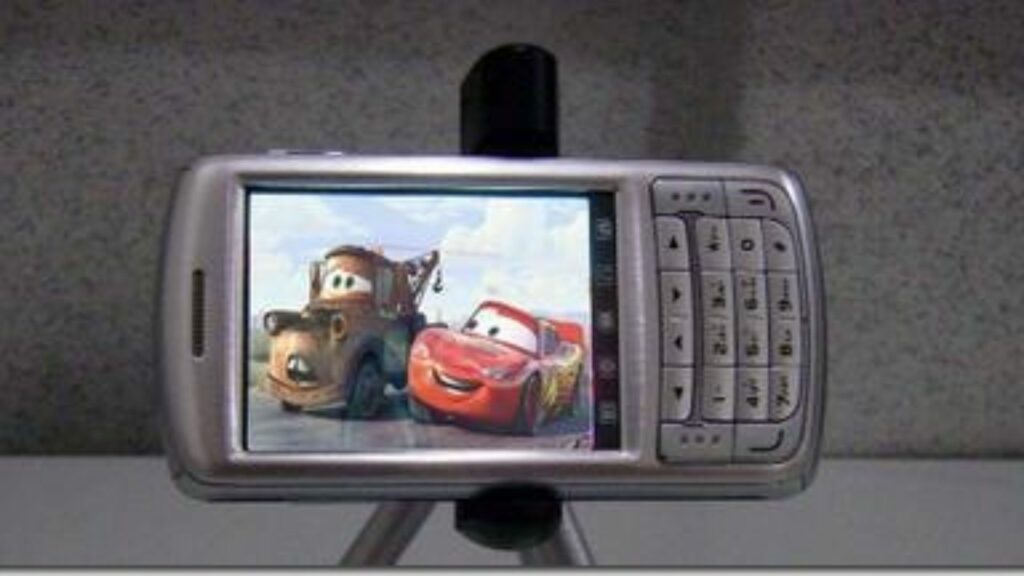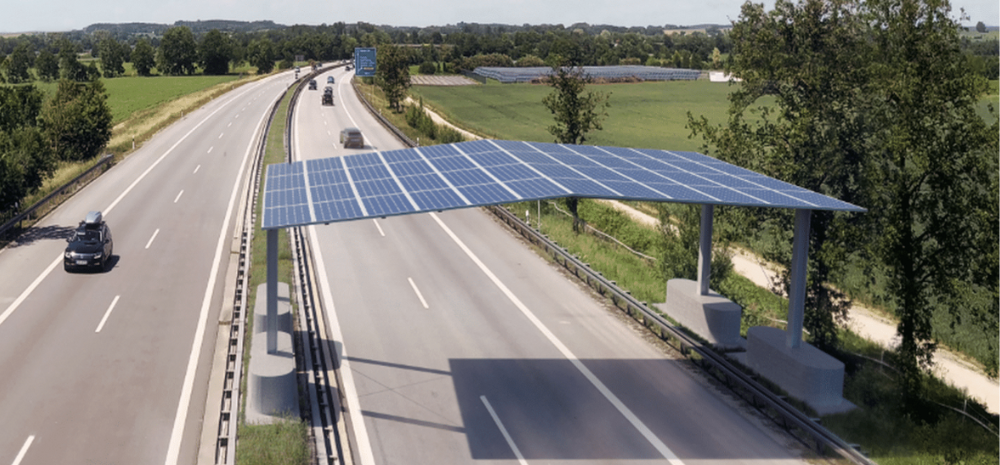The government is reportedly exploring the possibility of beaming TV channels live to mobile phones without an active internet connection.
“We are exploring the feasibility and the final decision will be taken after meeting all the stakeholders, including the telecom operators,” one of the officials told the Economic Times.

D2M technology
Known as D2M (direct-to-mobile), the technology will allow phone users to watch TV on their devices as they would through a cable or DTH connection.
It will also help the government broadcast important information directly to the citizens, issue emergency alerts, counter fake news and assist with disaster management.
How it works
It works similarly to FM radios and uses a receiver to access the radio frequencies.
OTT platforms can use this tech to directly push multimedia content to mobile phones.
Users will be able to access unlimited video and data content at a nominal fixed monthly price without having to depend on expensive and often unreliable mobile broadband networks.
Potential
The government believes that content delivery should be converged through broadcast and broadband, especially with the advent of 5G.
Currently, TV is accessible to around 210-220 million homes, significantly lower than the reach of smartphones which has 800 million users in the country.
Over 80% of internet traffic is video, which makes mobile the ideal medium for broadcast delivery along with TV.
Parties involved
The Department of Telecommunications (DoT), Ministry of Information and Broadcasting (MIB) and IIT-Kanpur are working on details.
Officials from the three as well as representatives from the telecom and broadcast industries will attend a meeting next week.
When will it go live?
The D2M technology is still in the development phase and won’t be available before three to four years.
Last September, IIT Kanpur collaborated with public service broadcaster Prasar Bharati to test the feasibility of the technology and delivered a proof of concept.
However, telecom operators are expected to put up an opposition since it will affect their data revenue, which is mostly generated by video consumption, and hurt their 5G business case.
This could delay things further.












